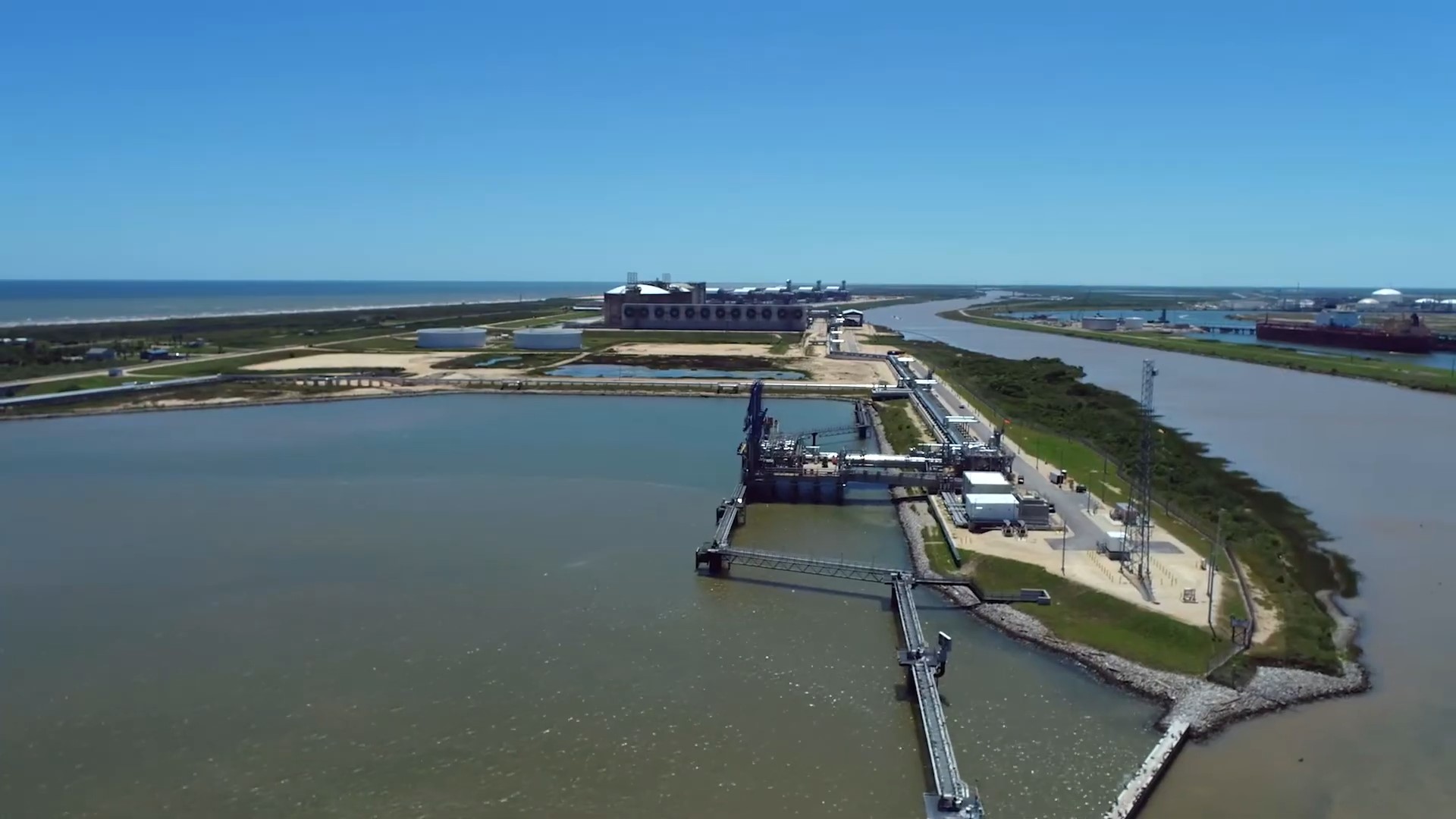Freeport LNG, the operator of the 15 mtpa liquefaction plant in Texas, has resumed operations at all of its three liquefaction trains.
“Freeport LNG’s three liquefaction trains are in service,” a spokeswoman for Freeport LNG told LNG Prime late on Wednesday.
The LNG terminal operator said on March 20 that only the third liquefaction train was operating.
Since then, the plant has been shipping about one LNG cargo per week, and increased its shipments in the week ending May 8 to three, according to the EIA.
There were also reports that the third train tripped offline two times during April.
“It was during the January freeze that damage occurred in one of the train 3 motors. Once we understood the cause of the damage, we knew it would be prudent to take proactive steps to inspect our other two trains,” the spokeswoman said in March.
Freeport LNG expected its inspections on trains 1 and 2, and any subsequent, necessary repairs resulting from those inspections, would be completed on both trains by “sometime in May”.
Debottlenecking project
For more than a year and a half, Freeport LNG has been working on a debottlenecking project that will result in the installation of additional compressor capacity across the facility’s three liquefaction unit trains.
The liquefaction train unit outages that the company has experienced, have allowed Freeport LNG to accelerate the debottlenecking work of installing the additional compressor capacity across its three trains.
The spokeswoman previously said the debottlenecking project will increase Freeport LNG’s production capacity from an excess of 15 mtpa to just over 16.5 mtpa by “roughly the June timeframe”.
“We safely completed the vast majority of the work related to our debottlenecking project and are working to implement the benefits of those efforts,” she said on Wednesday.
Besides the debottlenecking project, Freeport LNG’s planned train 4, which has received all regulatory approvals, would add an additional 25 percent LNG production capacity.
Of the 15 mtpa of Freeport LNG’s export capacity, 13.4 mtpa has been sold to Osaka Gas, Jera, BP, TotalEnergies, and SK E&S.

